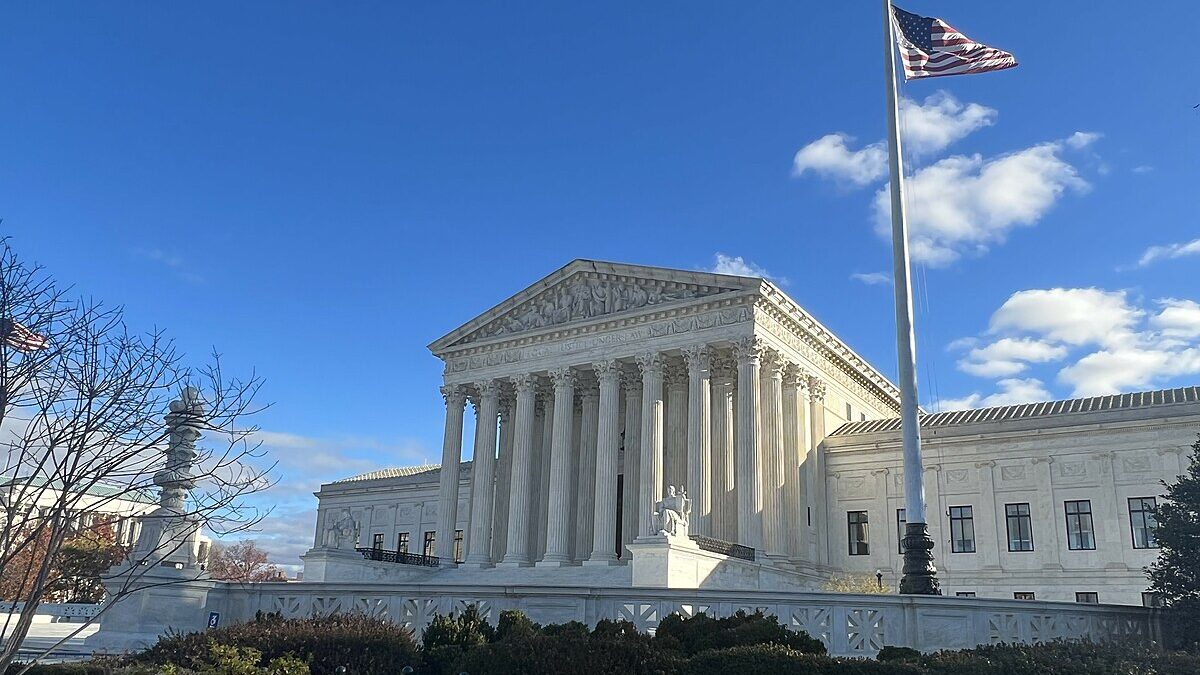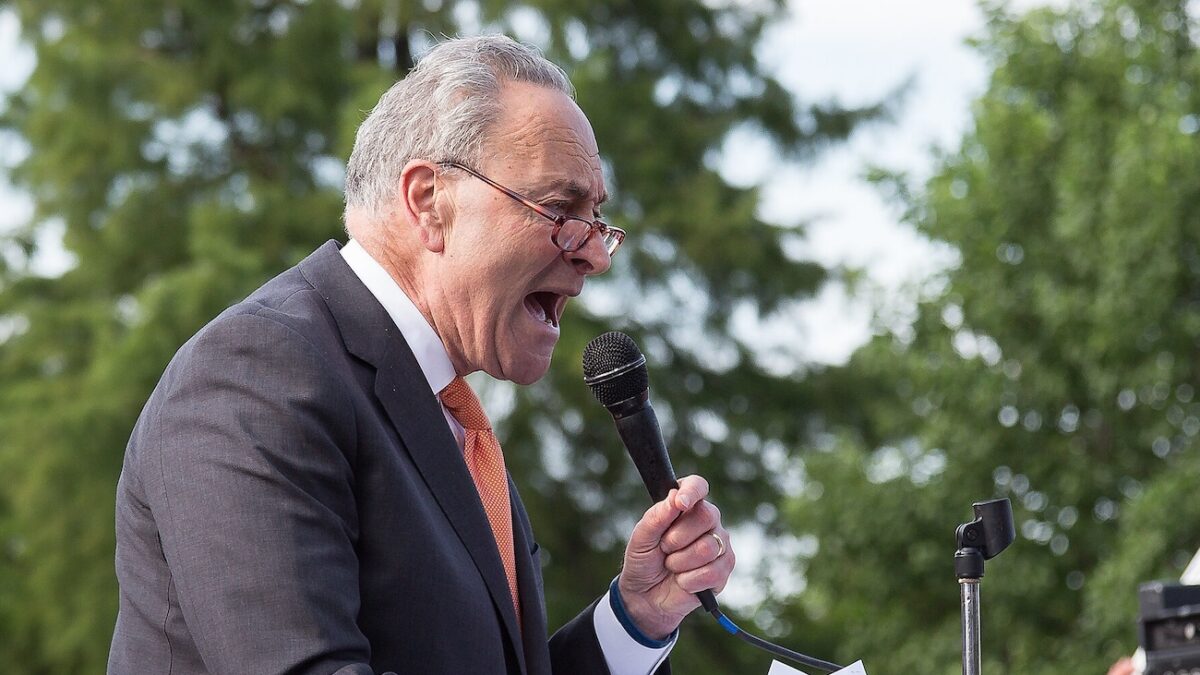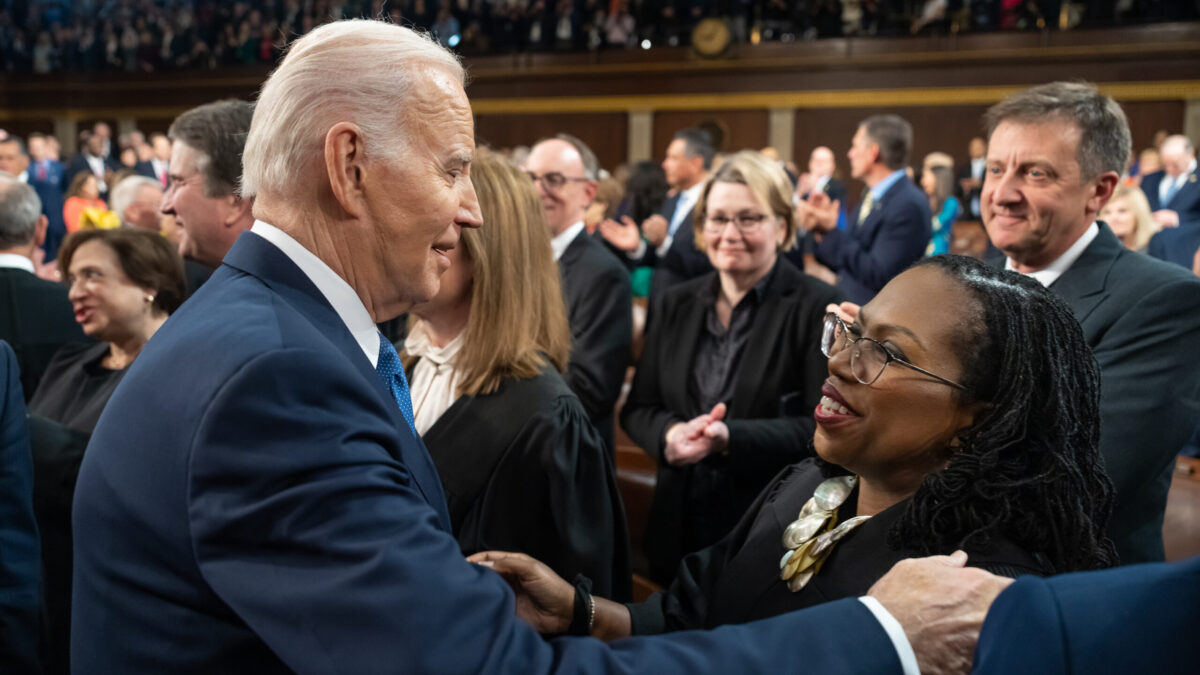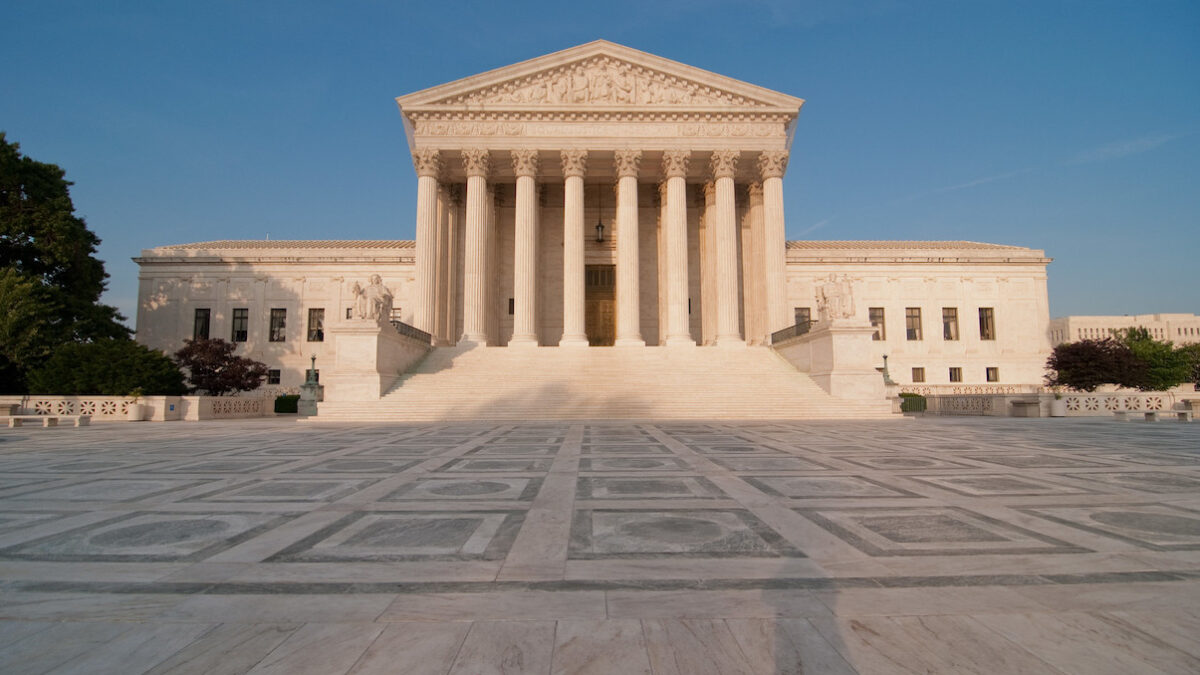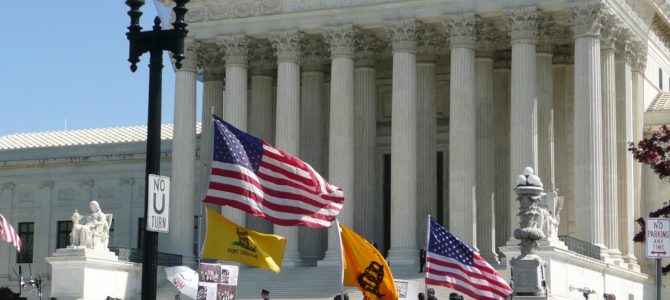
Of all Democrats’ ideas for deforming our government, packing the Supreme Court with more seats is the most dangerous. Abolishing the Electoral College and the Senate are equally terrible ideas, but require cooperation from states unlikely to provide it (even the National Popular Vote compact has problems on this score, among others). Court-packing could be done by statute the next time Democrats control the White House and Congress, and could benefit the left even if the effort failed.
The cautionary lessons of court-packing can be found in the history of court expansions, real and attempted.
The first expansions of the Supreme Court beyond its original size of six were political and practical. There will always be some temptation to expand the court for partisan advantage. But America was growing in the 19th century, resulting new judicial circuits. Given the limits of communications in the 1800s, justices pulled double-duty as appellate judges “riding circuit.”
Accordingly, more circuits required more justices, generally from the circuits they would serve. Thus, the court expanded to seven seats in 1807 and to nine in 1837. However, as Dan McLaughlin has noted, the 1837 expansion was also part of a Jacksonian reshaping of the court. It resulted in the Democratic appointment of two justices—John Catron and John Campbell—who joined the infamous Dred Scott decision, which helped trigger the Civil War.
Three Supreme Court vacancies shortly after Dred Scott (e.g., Campbell resigned to join the Confederacy) allowed Abraham Lincoln to shift the court in a direction more supportive of his war plans. In 1862, the Republican Congress “gerrymandered” the federal circuits to cram the Southern slave states into two circuits instead of five.
In 1863, Congress created another circuit and a tenth seat on the court. Again, there were practical reasons for this (e.g., the settlement of California generated voluminous disputes over land titles). But with Lincoln pushing the Constitution to the limits (or past them) to preserve the Union, an extra justice also provide insurance against some 5-4 decisions in his favor. It was also an implicit threat from Congress for the court to hold the line.
After the war, Congress passed a law to reduce the Supreme Court to seven seats by attrition. It was a transparent move to deny nominations to Andrew Johnson, who opposed congressional Reconstruction measures. Shortly after Johnson left office, Congress reset the number of justices to nine, where it has remained since.
Prior court-packing, therefore, is a lesson in how the practice can have disastrous, perhaps unforeseen results. Moreover, even if justified by the extreme exigencies of civil war, court-packing posed potential threats to our civil liberties. And history teaches us few presidents would be as conflicted about this as Lincoln.
More lessons can be found in Franklin Delano Roosevelt’s failed 1937 plan to effectively add six justices, in reaction to a Supreme Court that struck down major parts of the New Deal. The conventional wisdom about this failure has two basic pillars. First, public outcry over Roosevelt’s assault on the court led to the defeat of the plan. Second, Justice Owen Roberts changed his vote—the “switch in time that saved nine”—in West Coast Hotel Co. v. Parrish to uphold a state minimum wage law, taking the wind out FDR’s sails.
Scholarly research calls this conventional wisdom into question. Public polling, although still rudimentary in 1937, suggests the public was divided on the plan, which found support among groups expected to be Roosevelt supporters, such as the working class and Southerners. Ironically, Southern Democrats had leeway to oppose Roosevelt due to the essentially one-party states they represented. They were also likely concerned a court progressive on economic issues might extend its reach to civil rights.
The most startling nugget from the research is that FDR was guilty of overreach. He likely could have secured two new justices with relative ease. Similarly, scholars hotly dispute the “switch in time.” Justice Roberts denied that politics affected with his vote in Parrish, which was taken in conference before Roosevelt announced his plan. But Roberts also appears to have made a sudden, sharp, temporary left turn during the 1936 term.
However one judges the “switch,” the Supreme Court’s left turn had additional causes, including the retirement of Justice Willis Van Devanter, who was not a prolific writer but a leader of the conservatives on the court. There was a “follow the money” aspect, too. Judicial pensions were halved in 1932, deterring older, more conservative justices from retiring. Van Devanter retired shortly after pensions were restored to full salary.
Moreover, as with Lincoln’s tenth justice, FDR’s plan was delayed to death but the threat may have affected the court.
The lessons of Roosevelt’s failure might be learned by a unified Democratic government pushing court-packing today. FDR waited weeks after announcing the plan to take his case to the public, then did not make a full court press for it. This allowed opponents to set the terms of debate. That would not happen today. Democrats might not overreach in the number of seats sought, relying on retirements to keep the Supreme Court leaning left.
In addition, old Southern Democrats are obsolete. Today’s polarized politics demands more fealty to one’s party’s president. The Supreme Court also enjoys less prestige than it did, as all three branches of government began treating the court as a more political body.
One constant factor may be the Supreme Court’s susceptibility to political threats. It is not inconceivable that a supposed institutionalist like Chief Justice John Roberts would feel that sort of pressure. Court-packing thus remains a danger currently supported by at least four Democrats running for president: Kamala Harris, Elizabeth Warren, Pete Buttigieg, and Beto O’Rourke. Kirsten Gillibrand is thinking about it.
Accordingly, a constitutional amendment fixing the court at nine justices, advocated by Rep. Mark Green and Sen. Marco Rubio, is a worthy proposal, even if one is leery of using amendments to solve all of life’s problems. It will probably die in the Democrat-controlled House. But in the Senate, the proposal would allow the debate to be framed on terms favorable to those who believe in an independent judiciary and constraints on the tyranny of the mob.
Court-packing has no logical stopping point. Whatever gripes people may have with the current Supreme Court, it beats converting the institution into the Imperial Senate.


